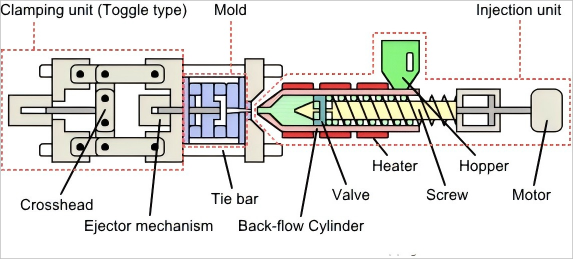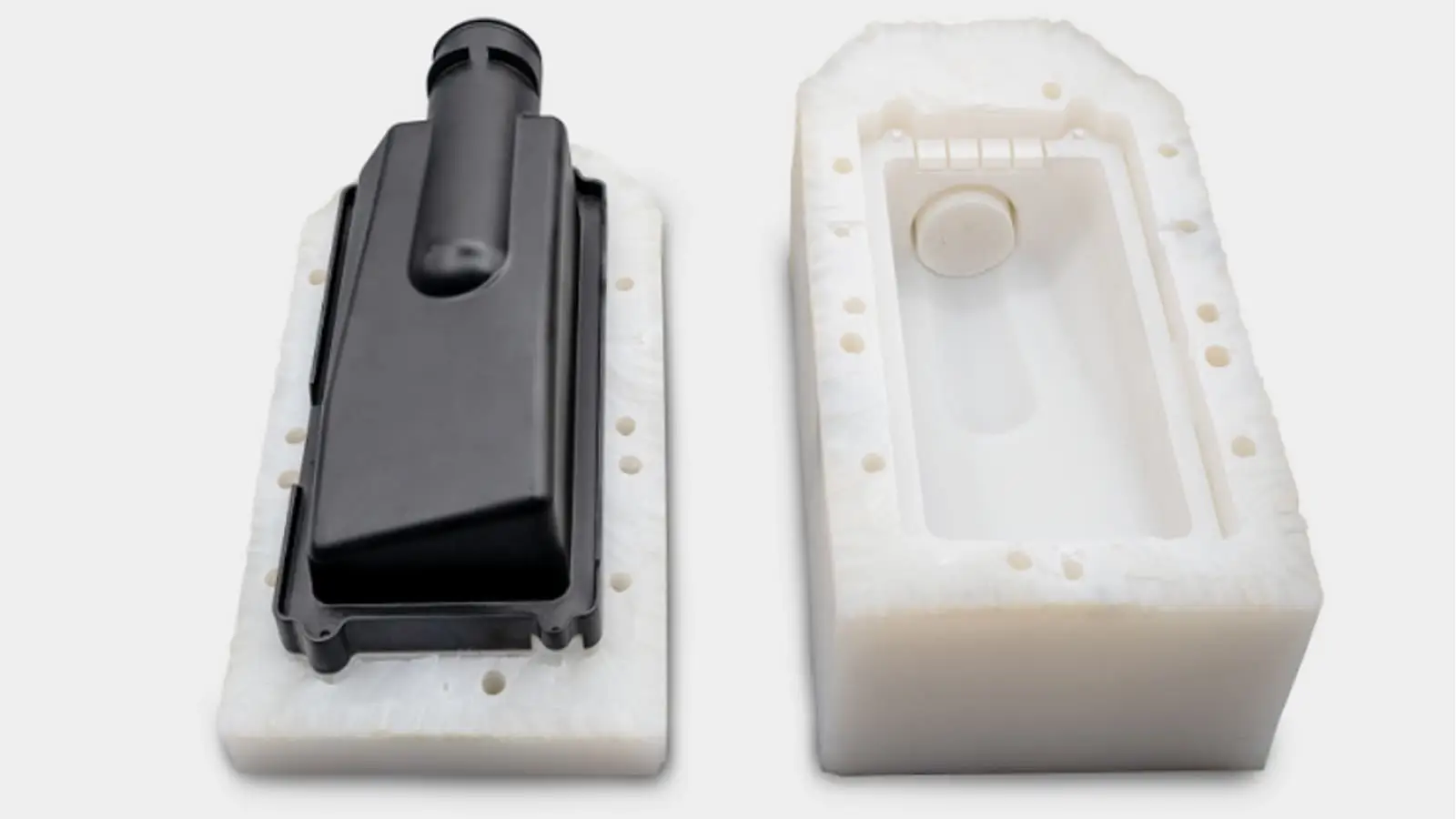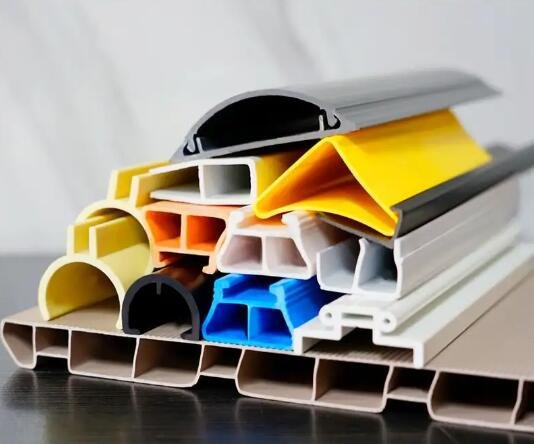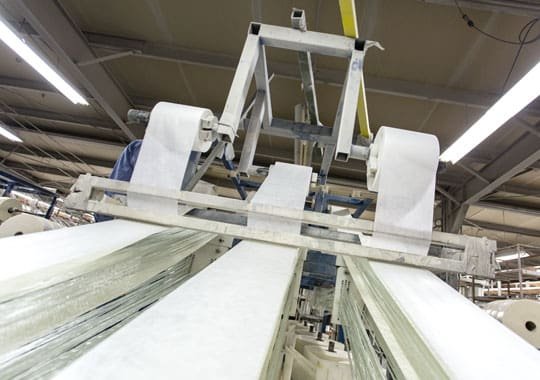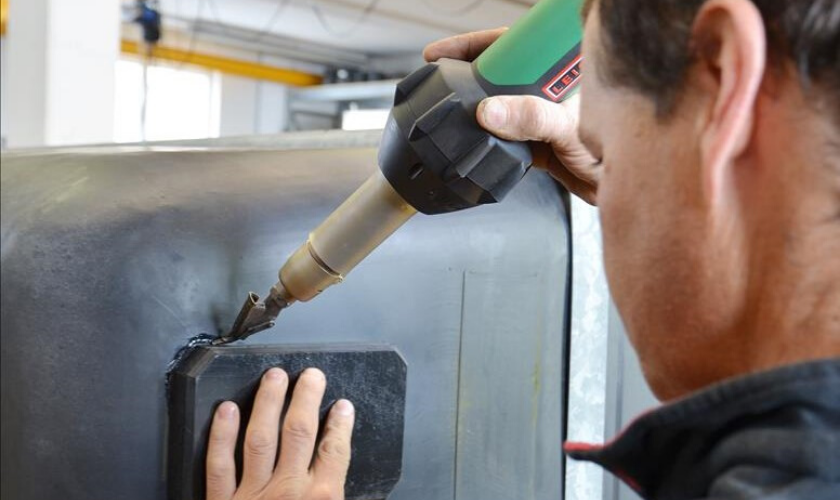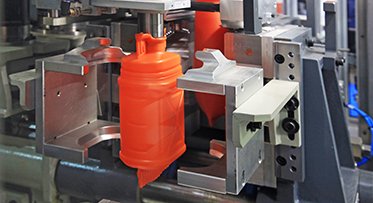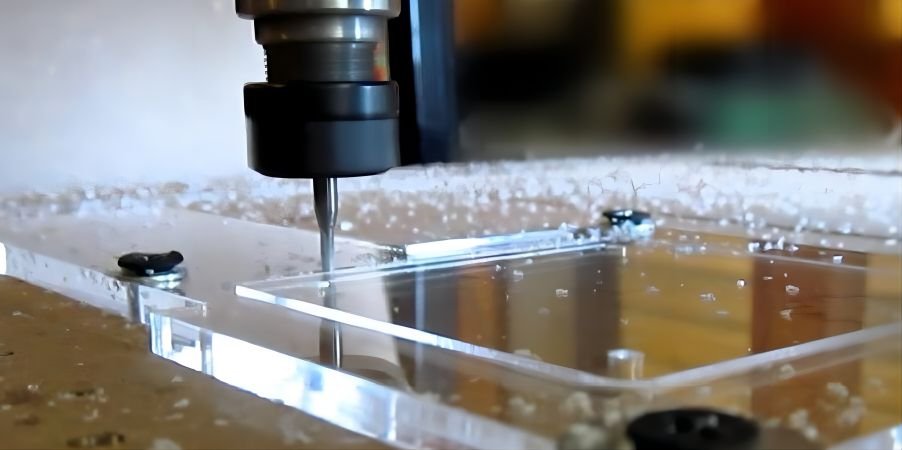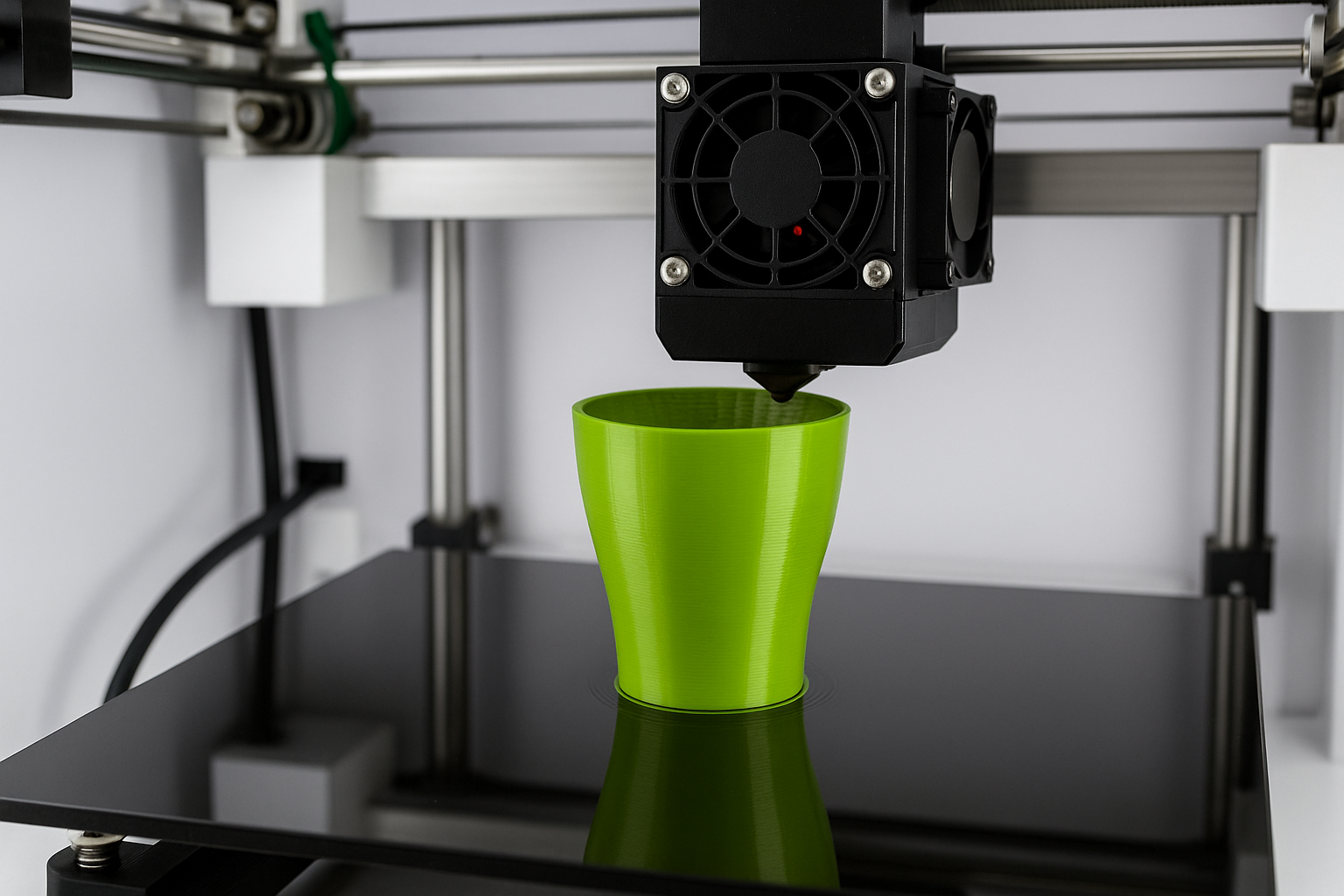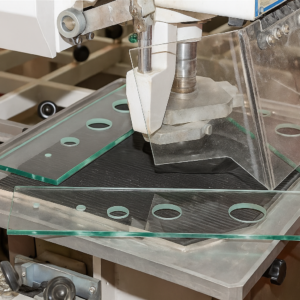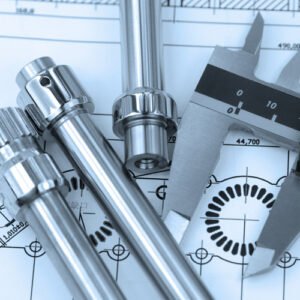Пластмасите са неразделни материали, използвани в множество индустрии, предлагайки гъвкавост, издръжливост, и ефективност на разходите. Пластмасовата изработка включва трансформиране на сурови пластмасови материали в полезни компоненти или готови продукти чрез различни методи. Разбиране на тези техники, техните приложения, и подходящите критерии за подбор са от решаващо значение за дизайнерите, инженери, и производители. Това цялостно ръководство ще обхване най -използваните пластмасови методи за производство, материали, и фактори за избор на метод.
Какво е пластмасово производство?
Пластмасовата изработка обхваща техники, използвани за оформяне, мухъл, или манипулирайте сурови пластмасови материали - или термопластици или терморези - в готови продукти. Термопластиците могат да бъдат многократно разтопени и преобразувани, като има предвид, че термореосетите постоянно са зададени след първоначалното формиране.
Процесите на пластмасово производство обикновено включват отопление, формоване, оформяне, механична обработка, или сглобяване на сурови пластмасови материали в определени геометрии. Общите техники за производство включват леене на инжектиране, вакуум кастинг, екструзия, CNC обработка, и производство на добавки (3D печат).
Основни пластмасови методи за производство
Инжекционно формоване
Какво е това?
Разтопената пластмаса се принуждава във форма, охладен, И след това изскача като завършена част.
Кога да се използва:
Чудесно за бързо производство на много идентични части - като LEGO блокове, пластмасови чаши, и табла за управление на автомобили.
Вакуум кастинг
Какво е това?
Течната пластмаса се излива в силиконова форма във вакуумна камера, Създаване на подробни копия.
Кога да се използва:
Идеален за приготвяне на малки партиди прототипи, особено прозрачни или сложни дизайни като витрини или малка електроника.
Издухване
Какво е това?
Гореща пластмасова тръба (паризон) е надут вътре в мухъл, за да създаде кухи форми.
Кога да се използва:
Перфектен за приготвяне на бутилки, контейнери, резервоари за гориво, и други кухи обекти.
Пластмасова екструзия
Какво е това?
Горещата пластмаса се изтласква през оформен отвор (Умира) да създаде дълго, непрекъснати форми.
Кога да се използва:
Използва се за тръби, тръби, дограма, и други части с постоянно напречно сечение.
Пластмасова пултрузия
Какво е това?
Пластмасовата подсилена с влакна се издърпва през смола и отопляема матрица, Правейки силни, Леки профили.
Кога да се използва:
Идеален за структурни опори, Подсилващи пръти, и трайни леки части като ски стълбове.
Пластмасово заваряване
Какво е това?
Обединяване на пластмасови парчета заедно с помощта на топлина и налягане, Подобно на металното заваряване, но с пластмаса.
Кога да се използва:
Полезно за сглобяване на сложни форми или ремонт на пластмасови предмети като автомобилни брони и електронни заграждения.
Ротационно формоване (Ротово-молдиране)
Какво е това?
Пластмасов прах вътре в мухъл се завърта и се нагрява, Покриване на формата, за да се създаде куха, части за дори дебелина.
Кога да се използва:
Страхотно за големи, трайни продукти като резервоари, Оборудване на детската площадка, Кошчета за съхранение, и играчки.
Пластмасова обработка на ЦПУ
Какво е това?
Изрязване и оформяне на твърди пластмасови блокове с компютърно контролирани инструменти за рязане.
Кога да се използва:
Отлично за изключително прецизни части или прототипи със сложни детайли - като медицинско оборудване по поръчка или специализирани автомобилни части.
3D Печат (Адитивно производство)
Какво е това?
Отпечатване на пластмасов материал от слой по слой, за да се изгради част от цифров модел.
Общи видове:
FDM (Моделиране на слети отлагане): Стопява пластмасовата нишка и я слага надолу по слой.
Сла (Стереолитмикромография): Използва лазер за втвърдяване на слоеве смола в прецизни форми.
SLS (Селективно лазерно синтероване): Лазерът стопи пудра пластмаса в твърди форми.
Кога да се използва:
Перфектен за прототипи, Персонализирани части, и сложни форми, които не се правят лесно от традиционните методи.
Общи пластмасови материали и техните приложения
| Пластмаса | Имоти | Приложения |
| Полиетилен | Химическа устойчивост, лек | Опаковка, бутилки, Пластмасови торбички |
| Полипропилен | Химическа устойчивост, изолация | Медицински инструменти, автомобилни части |
| PVC | Твърдост или гъвкавост, инертност | Тръби, изолация на кабела |
| Полистирен | Твърдост, изолационен | CD случаи, опаковка, изолация |
| Поликарбонат | Висока сила на удара, прозрачност | Очила, Автомобилни лещи |
| Акрил (PMMA) | Оптична яснота, лек | Знаци, лещи, Аквариуми |
| коремни мускули | Устойчивост на въздействие, топлоустойчивост | Случаи на електроника, автомобилен |
| Найлон | Висока якост, устойчивост на износване | Предавки, лагери, текстил |
| ДОМАШЕН ЛЮБИМЕЦ | Сила, химическа устойчивост | Бутилки за напитки, опаковка |
| PTFE (Тефлон) | Химическа устойчивост, ниско триене | Съдове за готвене незалепващи, Уплътнения |
Приложения на пластмасовото производство
Космонавтика: Леки интериорни панели, Windows, изолация на кабела.
Автомобилна: Табла за управление, брони, резервоари за гориво, Вътрешна и външна тапицерия.
електроника: Корсиране на устройството, изолация на кабела, Компоненти на клавиатурата.
медицински: Хирургически инструменти, импланти, Кортини на диагностично устройство.
Строителство: Тръбопровод, изолация, покривни, Windows, облицовка.
Потребителски продукти: Играчки, Домакини за домакинства, опаковка, мебели.
Предимства и недостатъци на пластмасовото производство
Предимства (плюсове):
Лесен за оформяне и плесен:
Пластмасите могат да бъдат разтопени и оформени лесно, прави го направо да се произвеждат части със сложни дизайни или уникални форми.
Достъпно производство:
Изработването на пластмасови части обикновено струва по -малко от метали или други материали, Особено при производството на големи количества. Това прави пластмасите популярен избор за масово производство.
Лек, но силен:
Пластмасовите части тежат по -малко от металните, което е полезно за много употреби като автомобили и самолети, където намаляването на теглото подобрява ефективността и производителността.
Траен и устойчив:
Пластмасовите компоненти обикновено се съпротивляват на ръждата, корозия, и увреждане от химикали. Това означава, че пластмасовите части могат да издържат по -дълго в трудна среда.
Силно адаптивно:
Пластмасите могат лесно да се правят в различни цветове, текстури, и дори смесени с други материали, Даване на дизайнери много творчески опции.
Бързо и гъвкаво производство:
Методи за пластмасово производство като 3D печат и обработка на ЦПУ позволяват бързи промени в дизайна и бързите времена на производство. Той е идеален за тестване на нови идеи и създаване на прототипи.
Недостатъци (минуси):
Екологични проблеми:
Много пластмаси не се разбиват естествено, водещи до проблеми с замърсяването и изхвърлянето на отпадъците. Пластмасите за рециклиране също могат да бъдат предизвикателни.
Чувствителен към топлина:
Пластмасите обикновено не могат да се справят с много високи температури. Те могат да се стопят, основата, или загубете сила, ако е изложена на прекомерна топлина, което ограничава използването им във високотемпературни настройки.
По -ниска якост в сравнение с металите:
Пластмасовите части обикновено не са толкова силни или здрави, колкото металните компоненти, което ги прави неподходящи за приложения, нуждаещи се от тежко натоварване или изключителна издръжливост.
Износване:
Пластмасите могат да се надраскат, Носете се, или се влошават по -бързо от металите, Особено когато е изложена на слънчева светлина (UV лъчи), сурови химикали, или повторен стрес.
Първоначалните разходи могат да бъдат високи:
Някои пластмасови процеси за производство (Като инжекционно формоване) Изисквайте скъпи форми или инструменти напред, което може да направи производството на малки партиди скъпо.
Избор на правилния метод за изработка на пластмаса
Познайте своя пластмасов тип
Първи неща първо, Разберете какъв вид пластмаса използвате. Гъвкав или твърд ли е? Може ли да се справи с топлината? Различните методи за производство работят най -добре със специфични видове пластмаси, Така че изберете методи, които съответстват на вашия материал.
Помислете за формата и размера
Помислете за формата и размера на вашата част. Имате ли нужда от сложни детайли или прости дизайни? Инжекционното формоване е чудесно за подробно, сложни форми. Форнирането на удари е идеално за кухи предмети, и екструдирането работи най -добре за дълго, Непрекъснати форми като тръби и тръби.
Колко прецизно трябва да бъде?
Запитайте се колко точно трябва да бъде крайният продукт. Обработката на ЦПУ и формоването на инжектиране могат да дадат много прецизни размери, Докато ротационното формоване може да е по -малко точно. Изберете метода, който съответства на нивото на точност, от което се нуждаете.
Проверете изискванията за качество
Каква е необходимата сила и завършек на последната ви част? например, Обработката на ЦПУ дава висококачествени повърхностни облицовки, Докато 3D печат може да остави видими слоеве, които се нуждаят от допълнително завършване.
Гъвкавост за промени
Има ли вероятност да направите промени в дизайна по -късно? Ако предвиждате корекции, Изберете методи като обработка на ЦПУ или 3D печат, които позволяват бързи и евтини промени. Шприцоване, от друга страна, включва скъпи форми, които не са лесни за модифициране, след като направят направени.
Бюджет и разходи
Помислете внимателно за бюджета си. Методи като леене на инжектиране имат високи първоначални разходи, но стават по -евтини с големи обеми. Обработката на ЦПУ и 3D печат са достъпни за малки количества, Но разходите се добавят бързо за големи партиди.
Колко бързо се нуждаете от вашите части?
Помислете за вашата времева линия. Ако имате нужда от бърз обрат, Обработката на ЦПУ и 3D печат често доставят по -бързо. Инжекционното формоване може да изисква по -дълги времена на настройка поради инструменти, но може да произведе части бързо, след като настройката приключи.
Пример за доставчик на услуги за пластмаса за производство: Най-висока точност
Tops Precision е специализиран в цялостни пластмасови решения за производство, включително CNC обработка, леене под налягане. Нашият опитен екип осигурява подробна инженерна поддръжка, осигуряване на качеството, Бързо обороти, и рентабилни решения, за да се гарантира, че проектите отговарят на точните спецификации и стандарти.
Заключение
Пластмасовата производство остава незаменима в множество индустрии поради адаптивността си, Ефективност на разходите, и функционална гъвкавост. Изборът на правилния метод на производство включва балансиране на свойствата на материала, Геометрия на част, прецизност, обем на производството, и бюджетни ограничения. С внимателно разглеждане и сътрудничество с експертни доставчици, Производителите могат да оптимизират производството на пластмасови компоненти, за да отговорят на точните изисквания на проекта си.
Често задавани въпроси
Q1: Как да избера материали за пластмасови части?
Помислете за изискванията за кандидатстване, работна среда, цвят, спазване на регулаторното спазване, и механични/електрически свойства.
Q2: Разлика между формоване на удари и формоване на инжектиране?
Инжекционното формоване създава плътни части чрез разтопена смола инжекция, Докато формоването на удари произвежда кухи компоненти чрез надуване на отопляеми пластмасови тръби.
Q3: Защо е решаващ плесен при производството на пластмаса?
Мухълът осигурява формата и структурата за многократно и прецизно репликация на пластмасови компоненти.
Q4: Са изработени пластмасови продукти издръжливи?
Общо взето, Пластмасовите продукти проявяват добра издръжливост, Въпреки че продължителността на живота зависи от избора на материал, Метод за производство, и условия на приложение.
Q5: Как се различава пластмасовото производство от пластмасовата екструзия?
Пластмасовата екструзия е специфична техника за производство, произвеждаща непрекъснати форми на напречно сечение, като има предвид, че пластмасовото изработка широко обхваща множество техники за оформяне и формоване.
Q6: Пластмасова изработка срещу. огъване на ламарина?
Пластмасовата изработка обхваща различни техники за оформяне на пластмаса, като има предвид, че огъването на ламарина конкретно включва деформиране на метални листове под ъгли и форми.
Прочетете повече:
Услуги за леене под налягане на пластмаса


